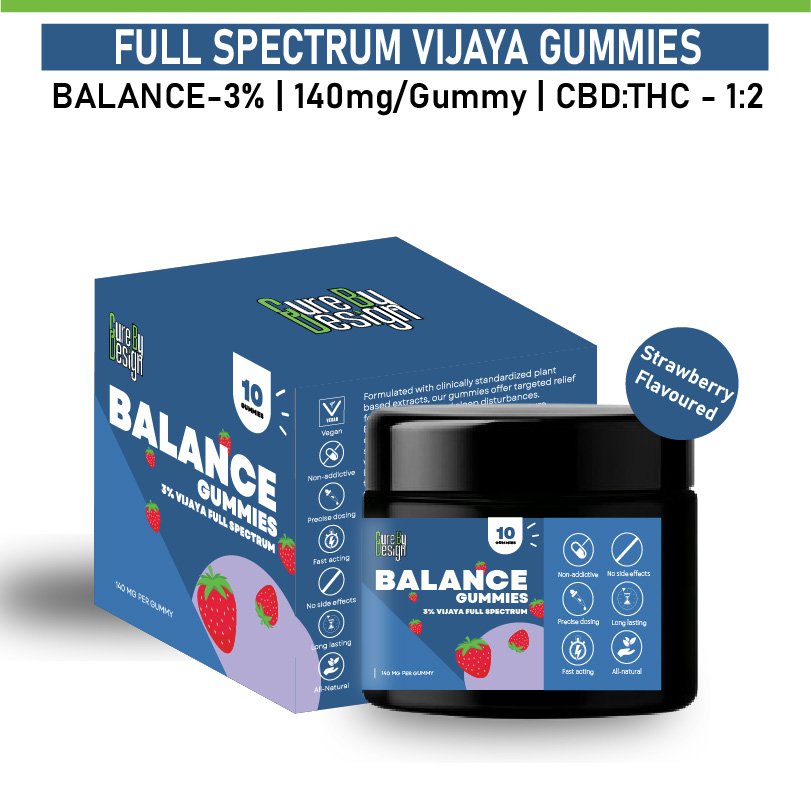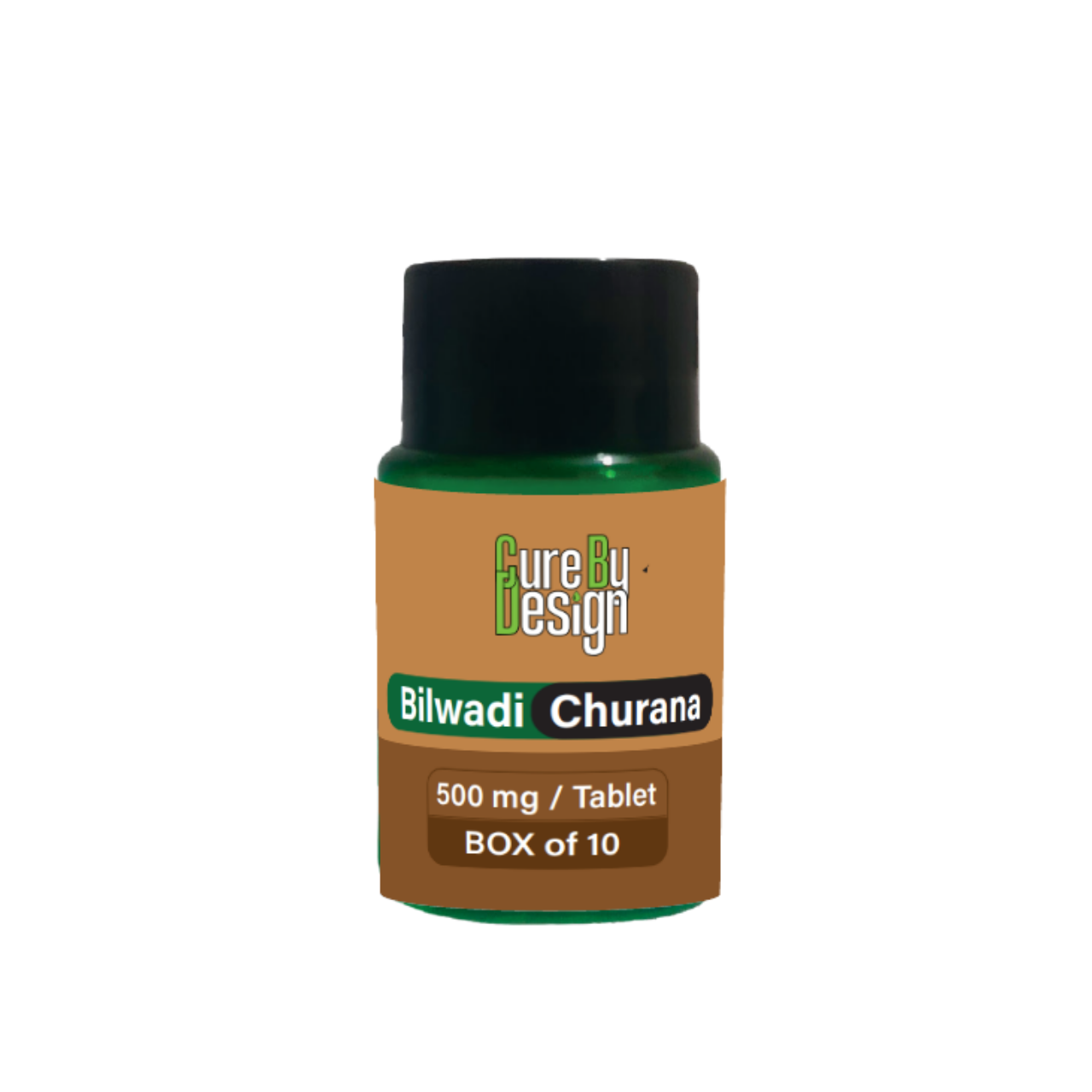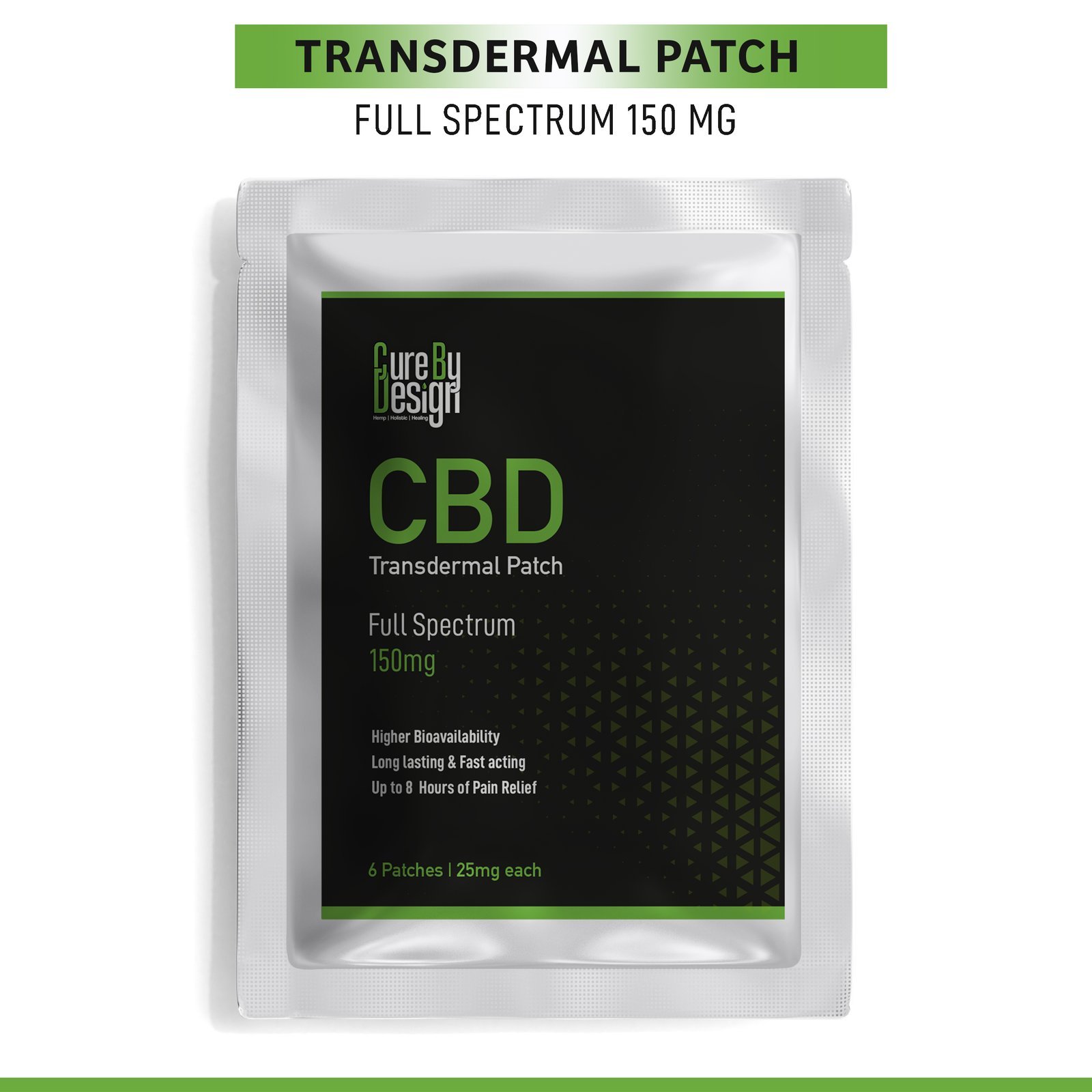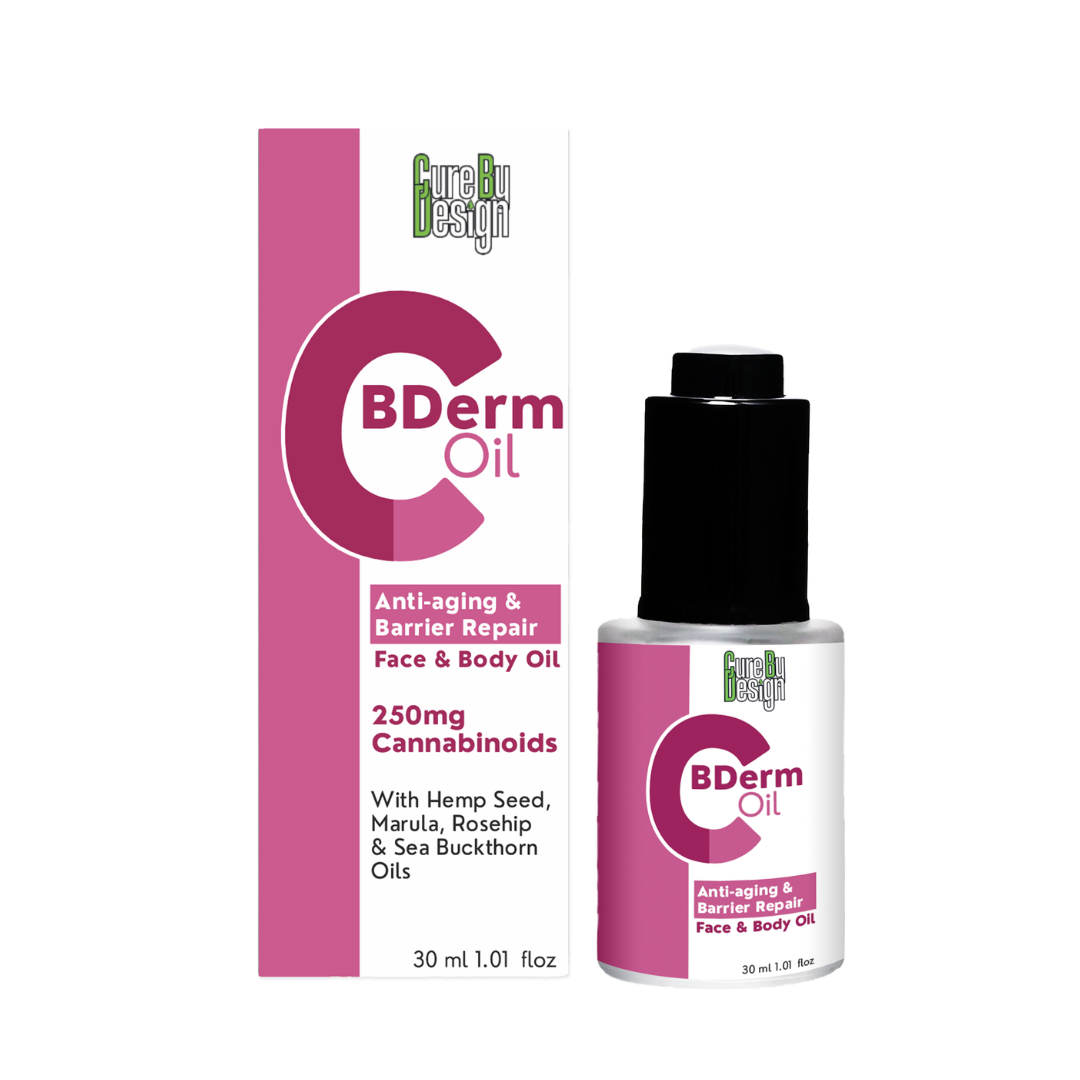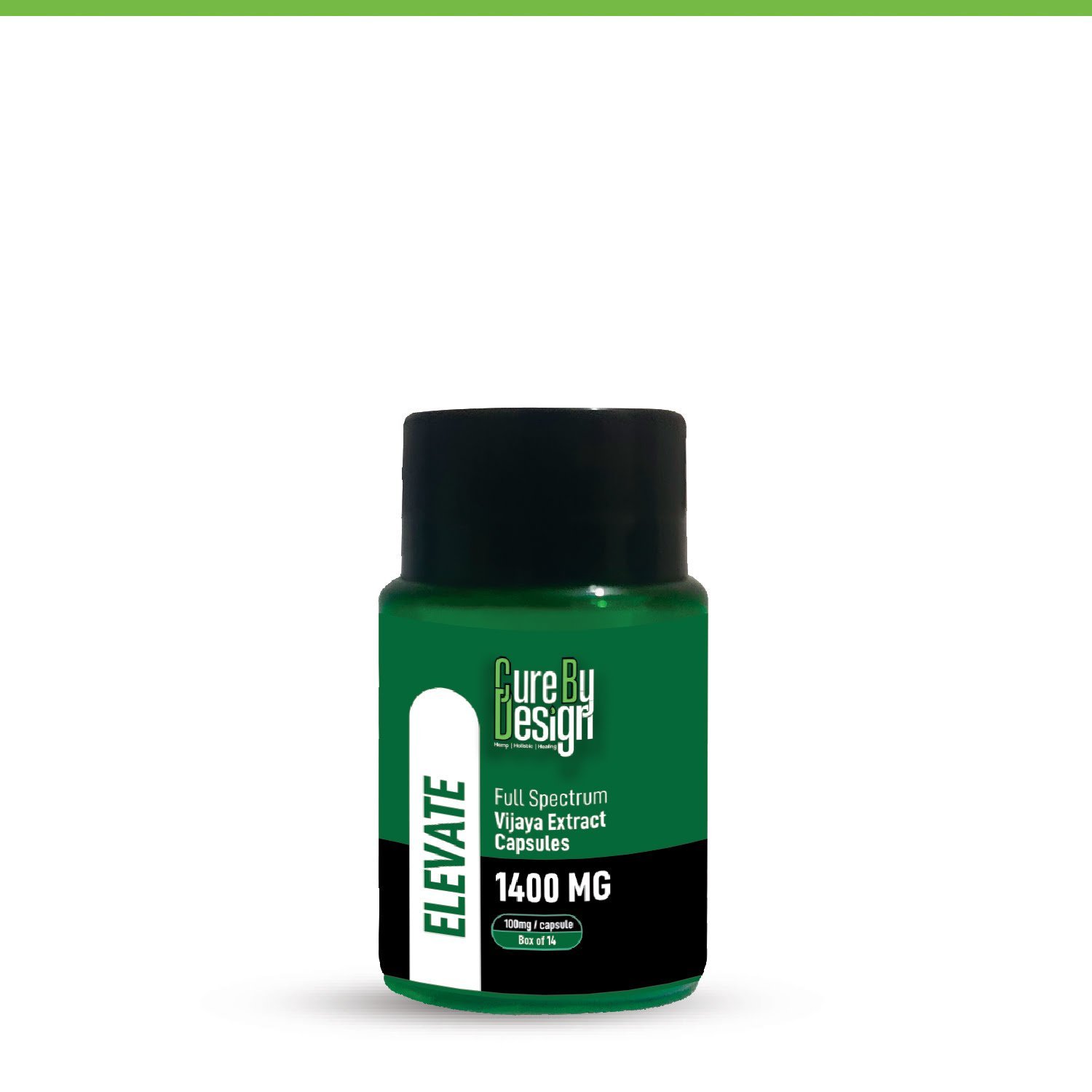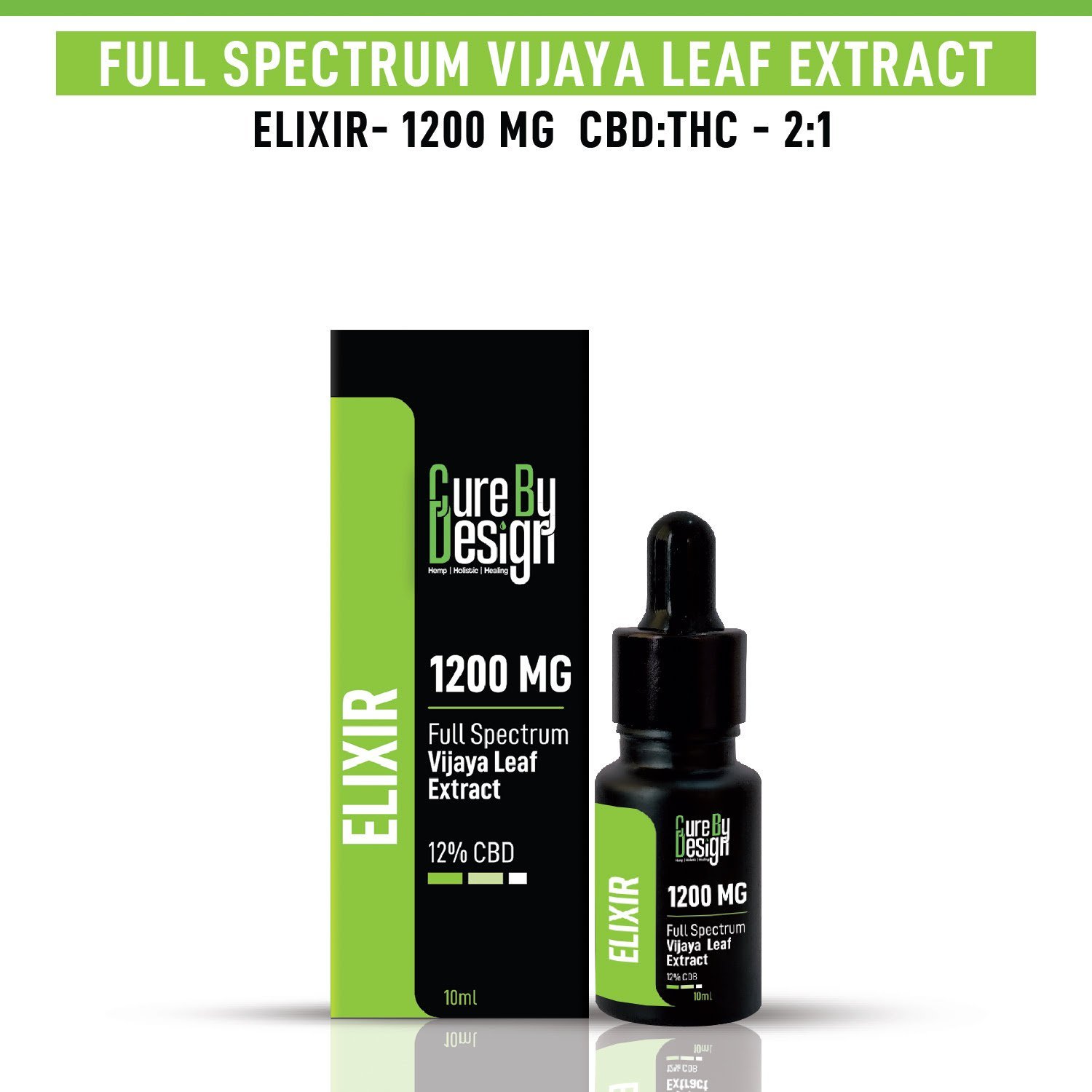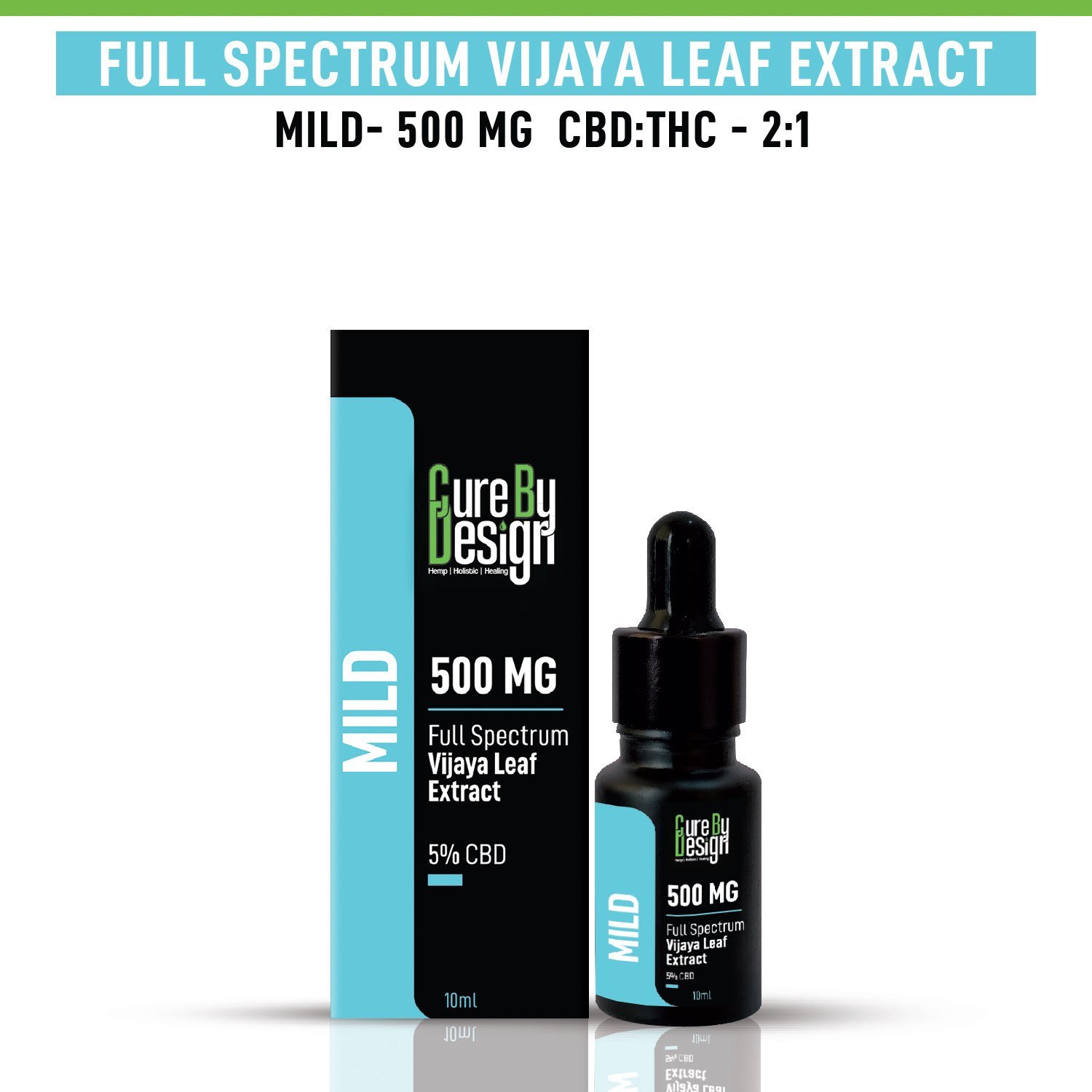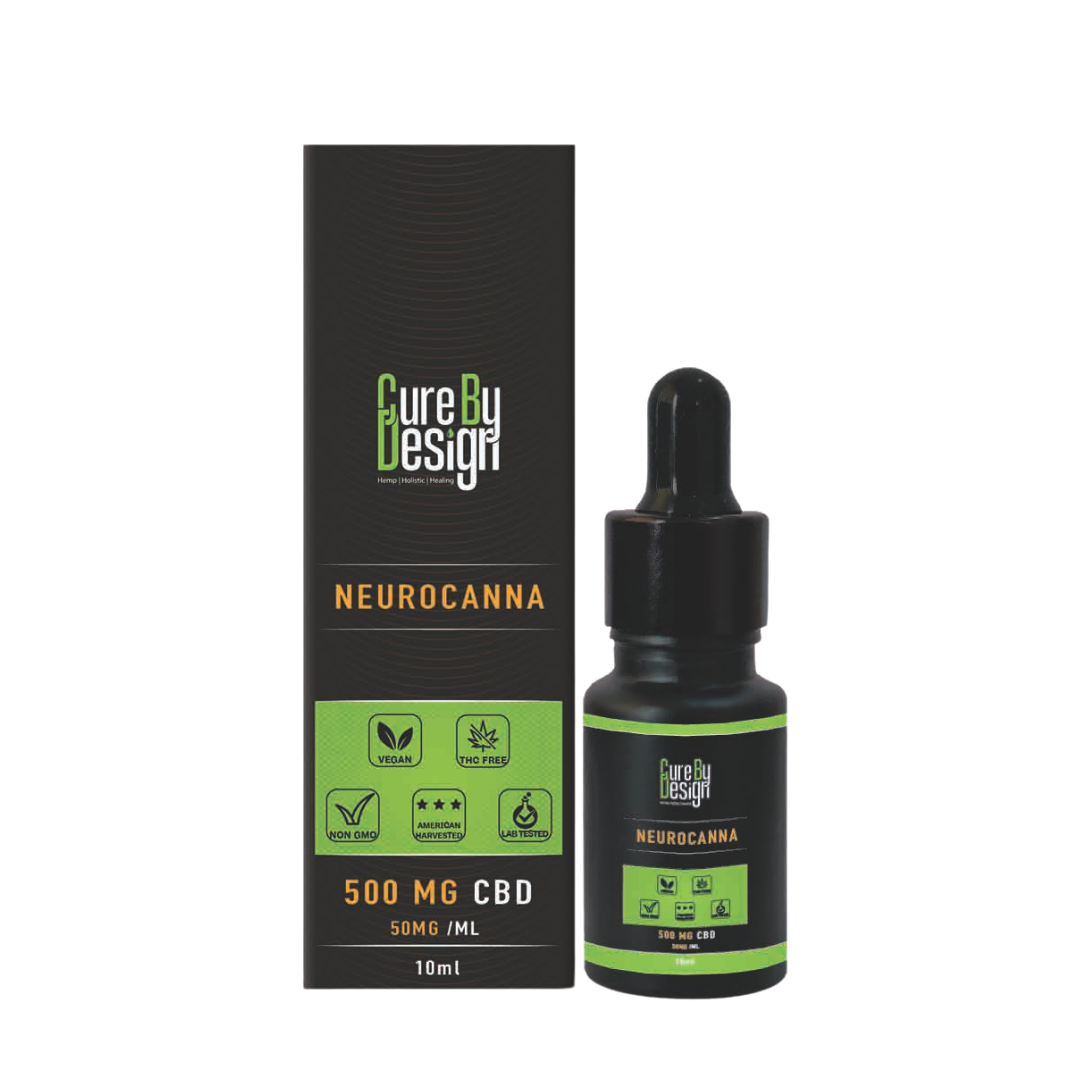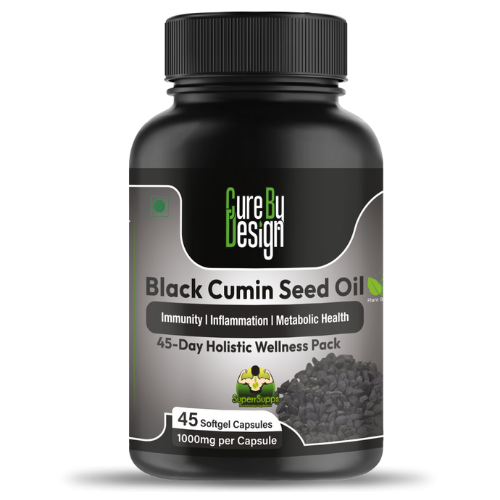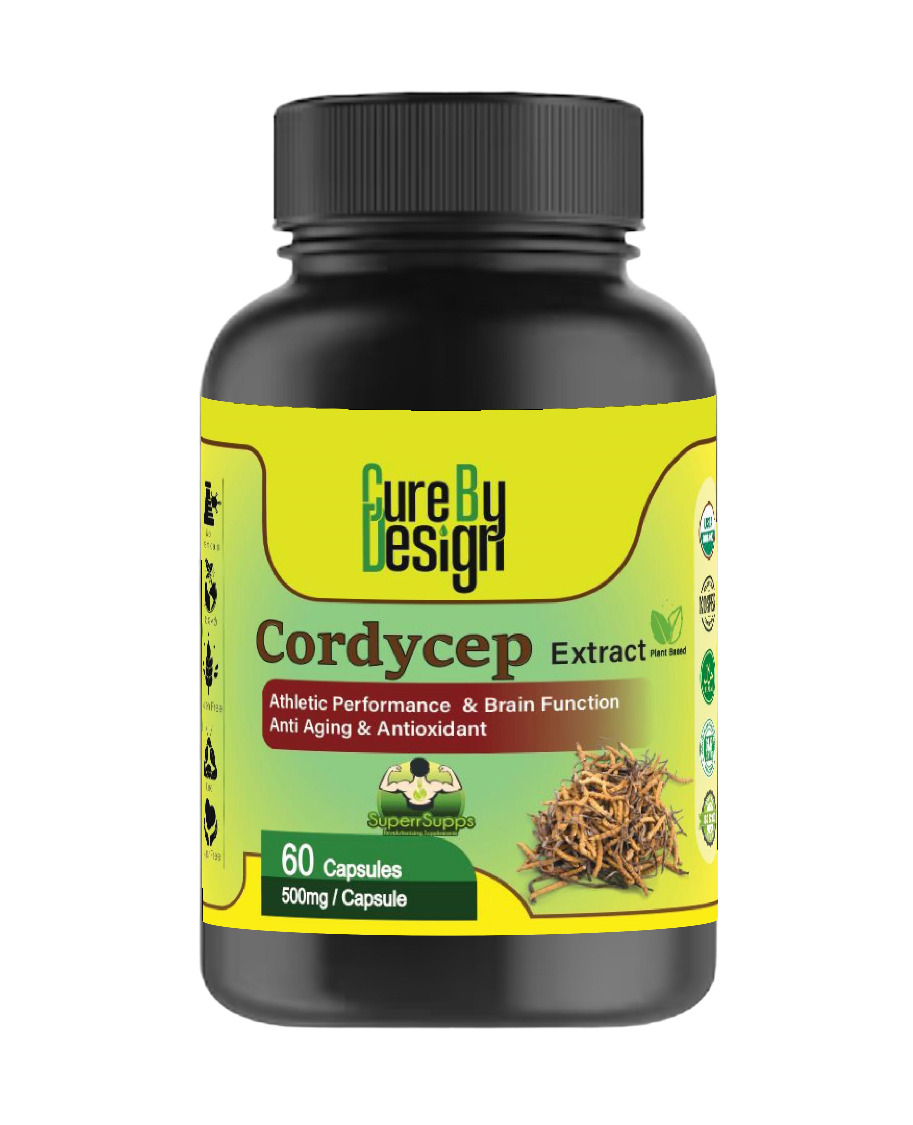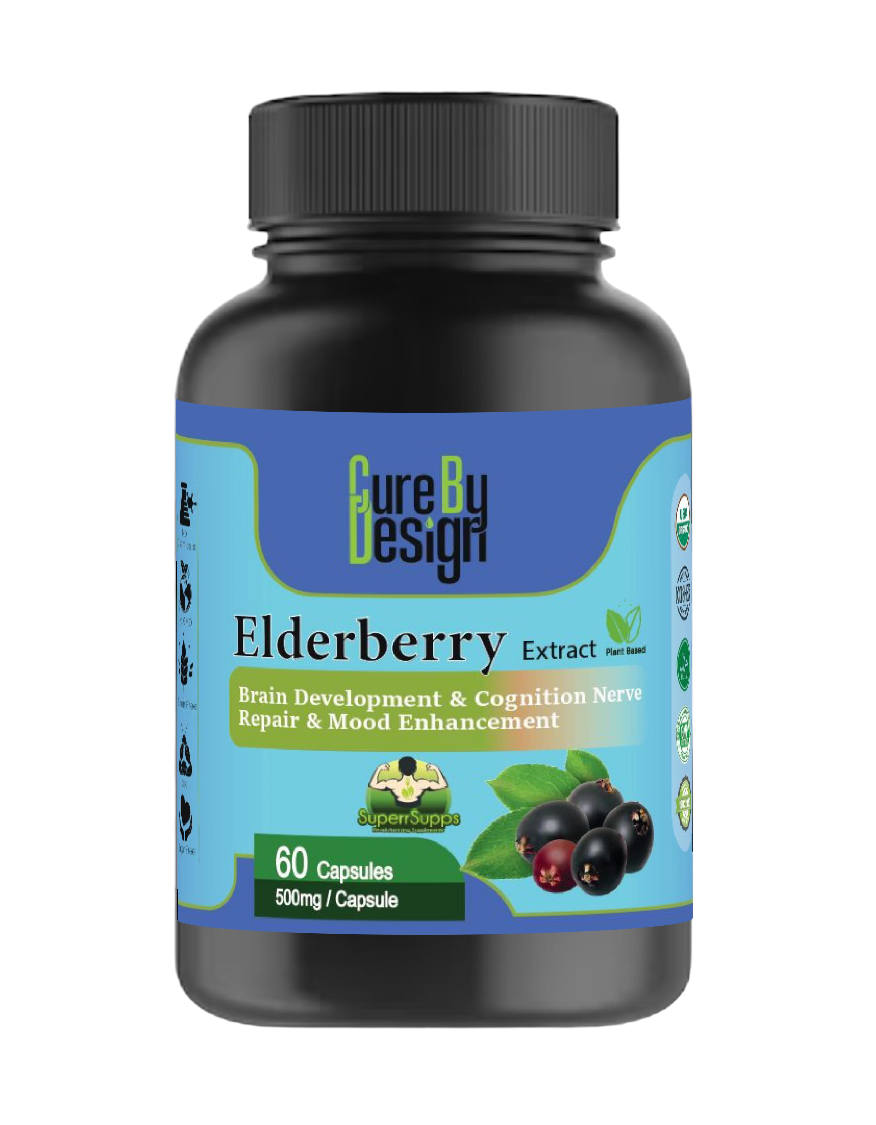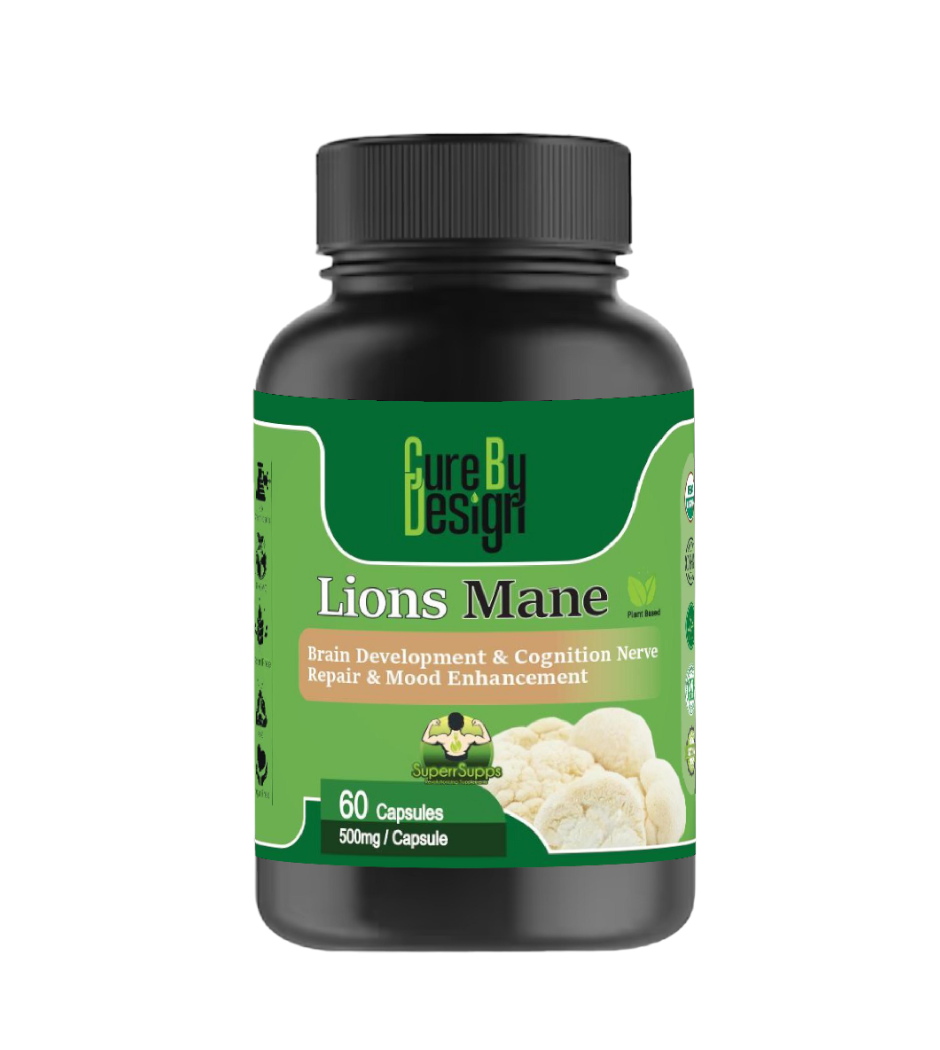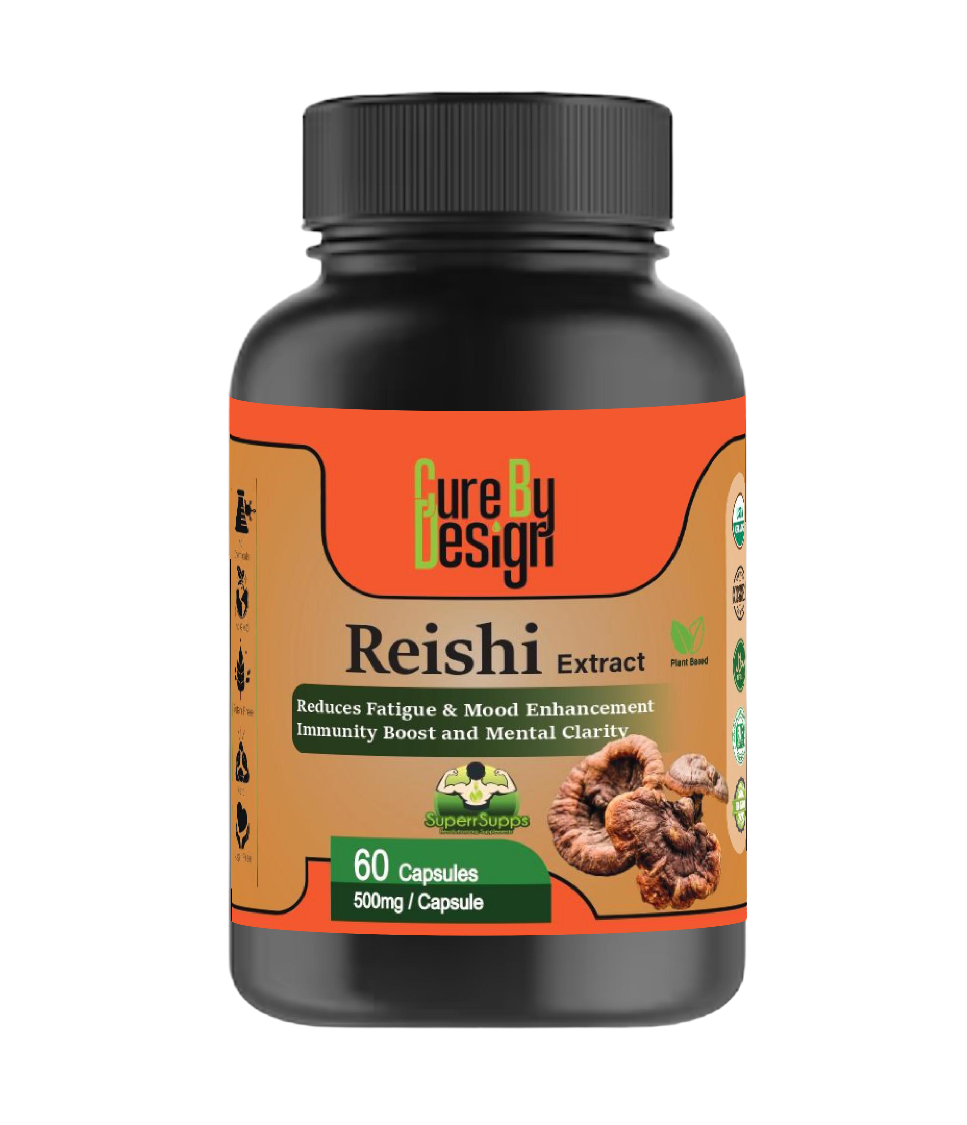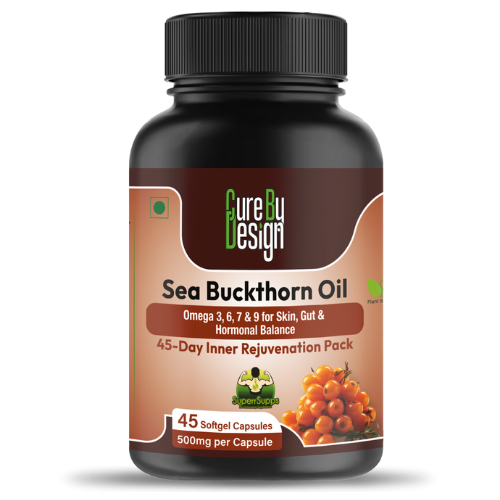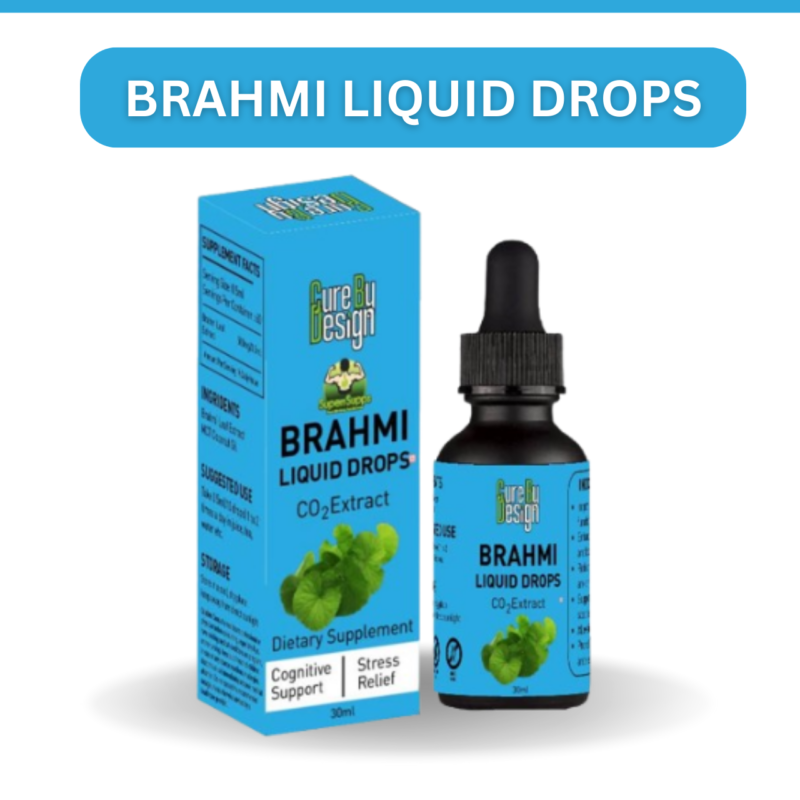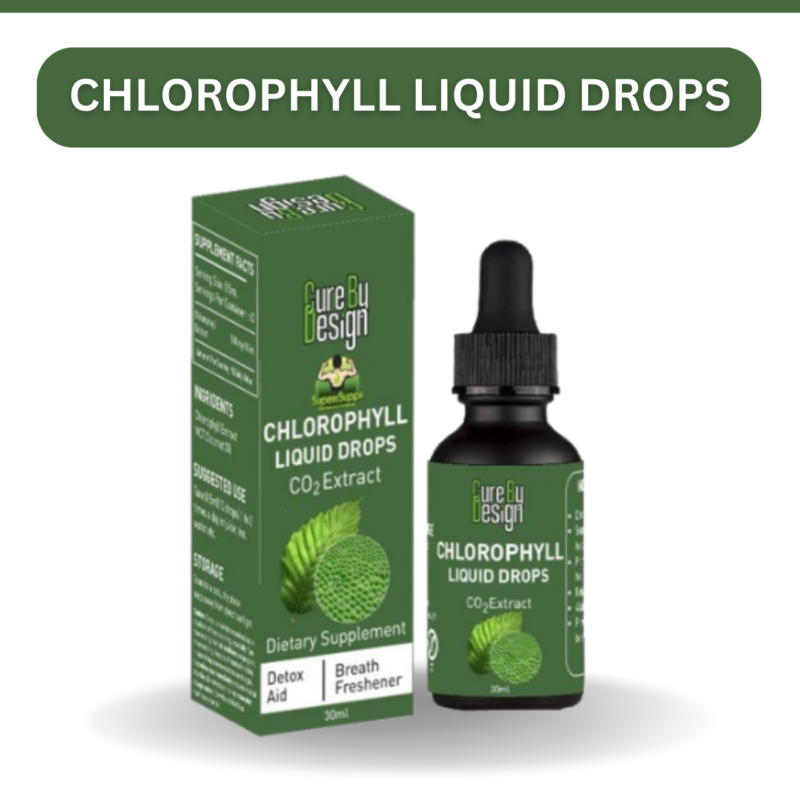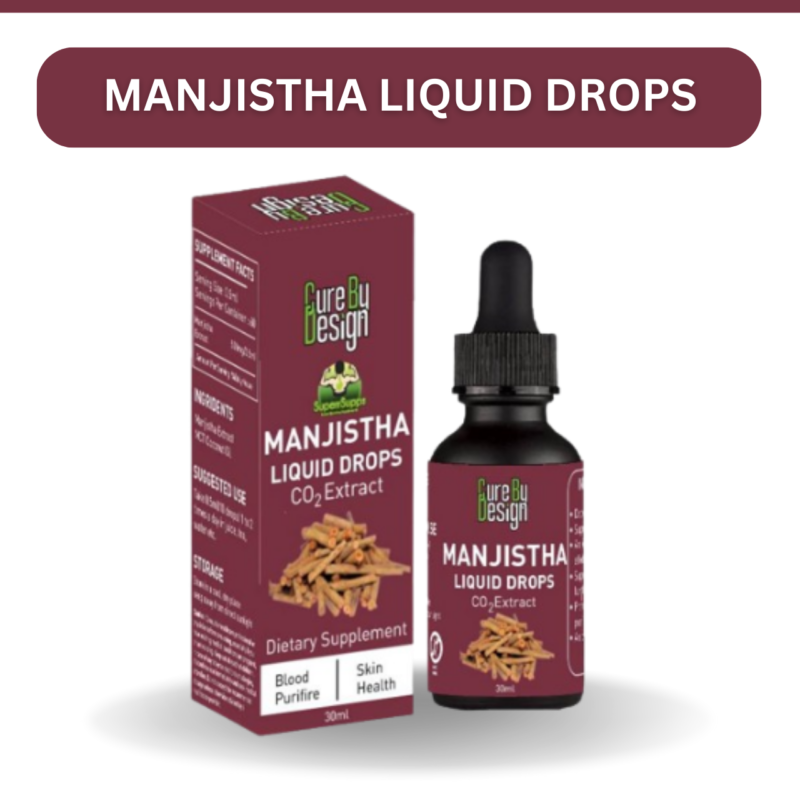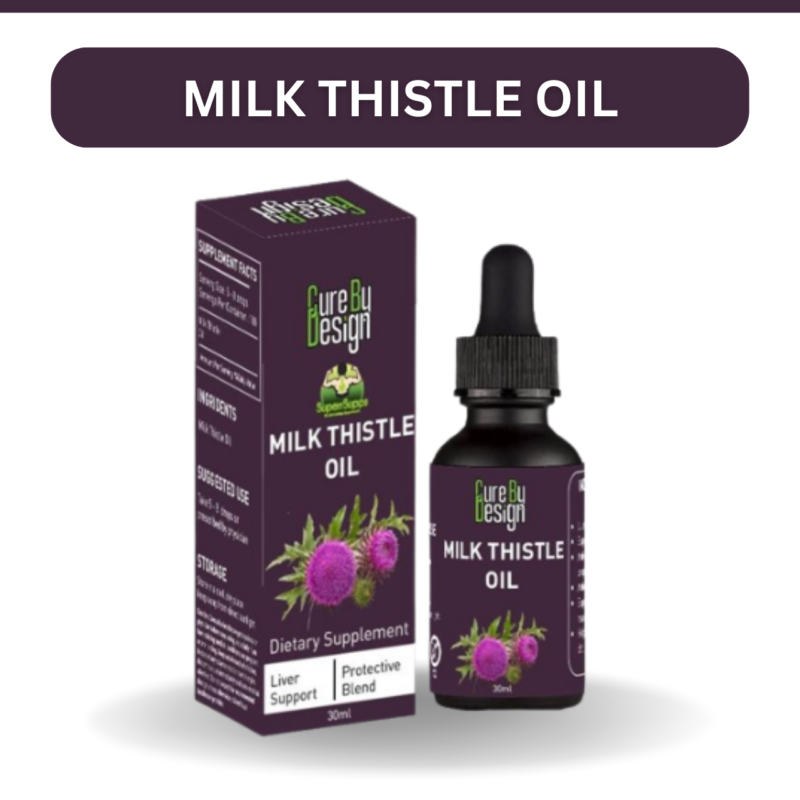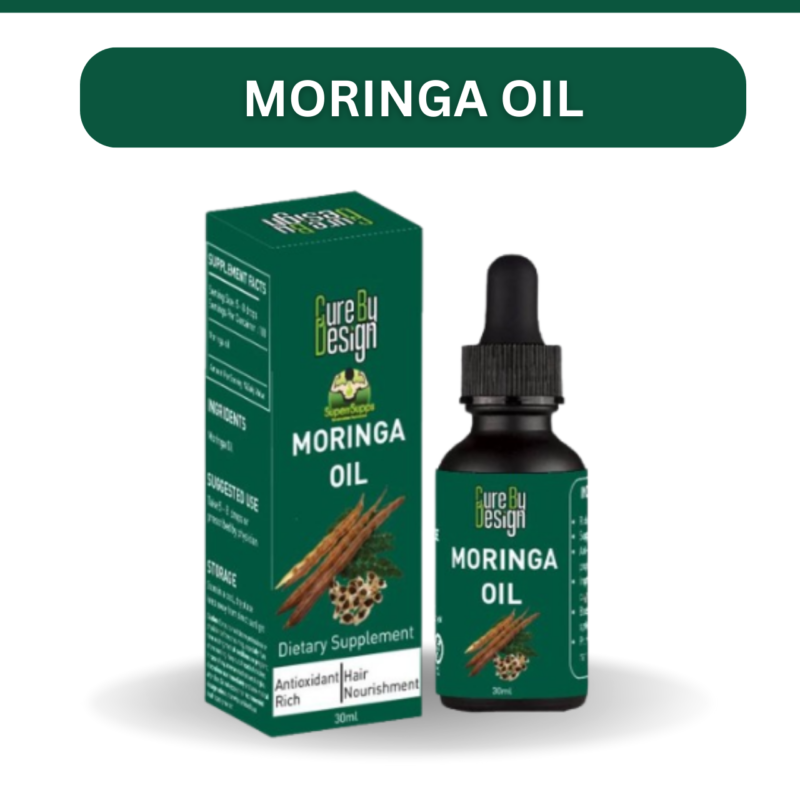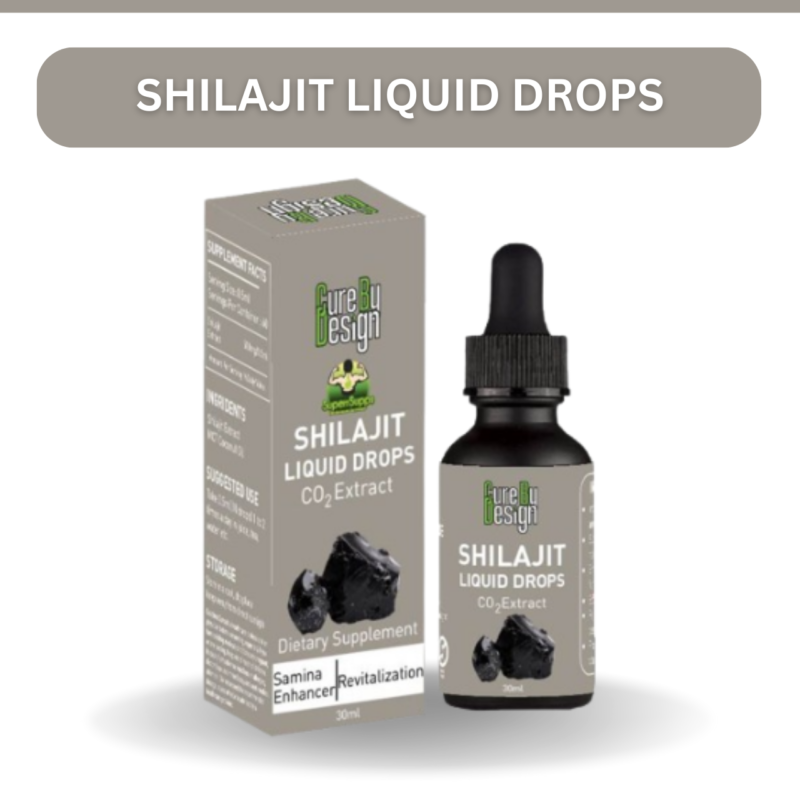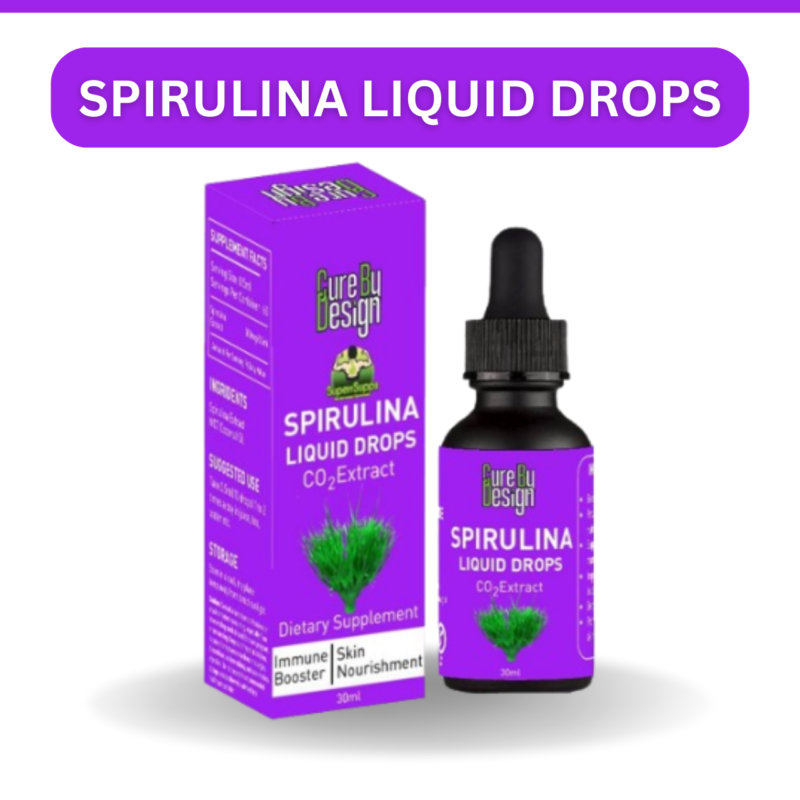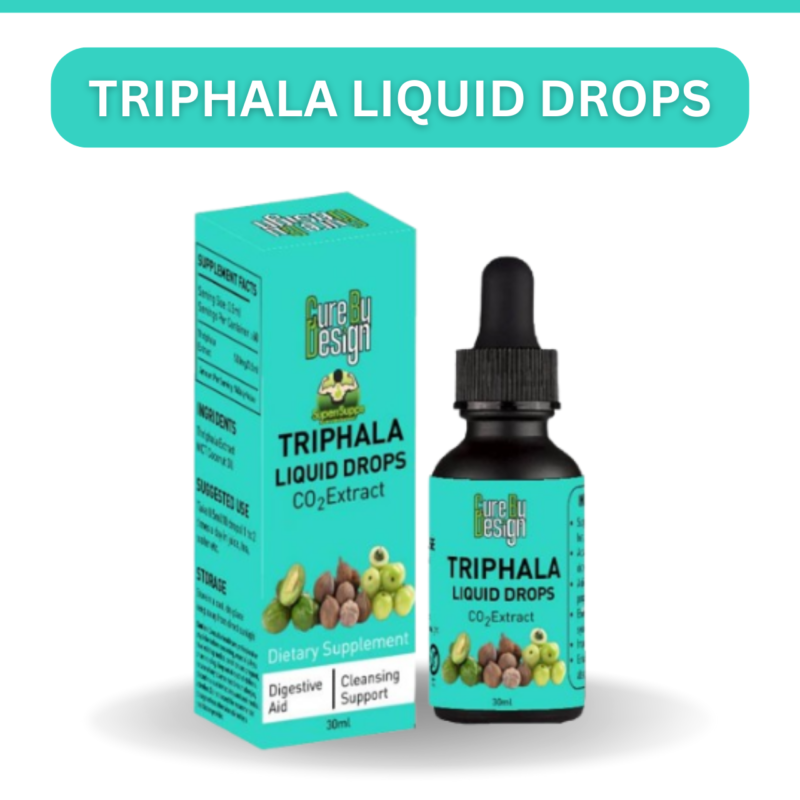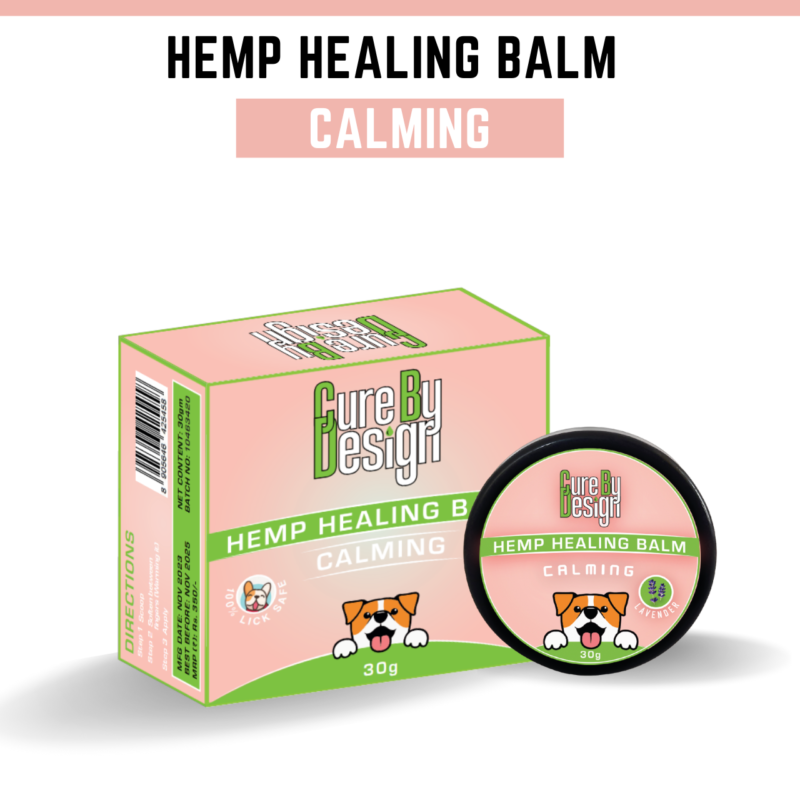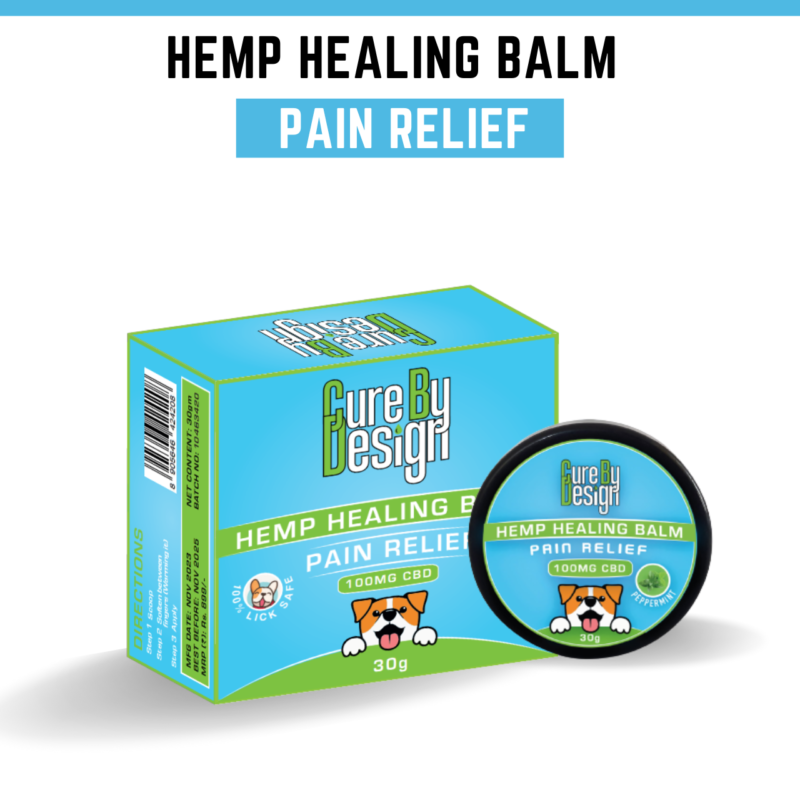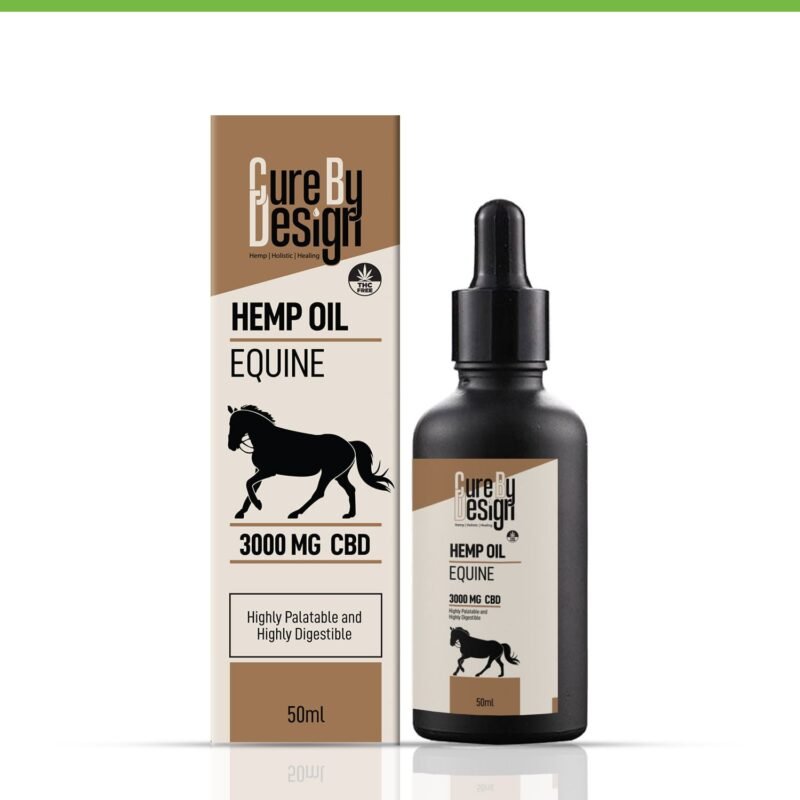Migraine Relief Stick: Is This Natural Solution Effective?
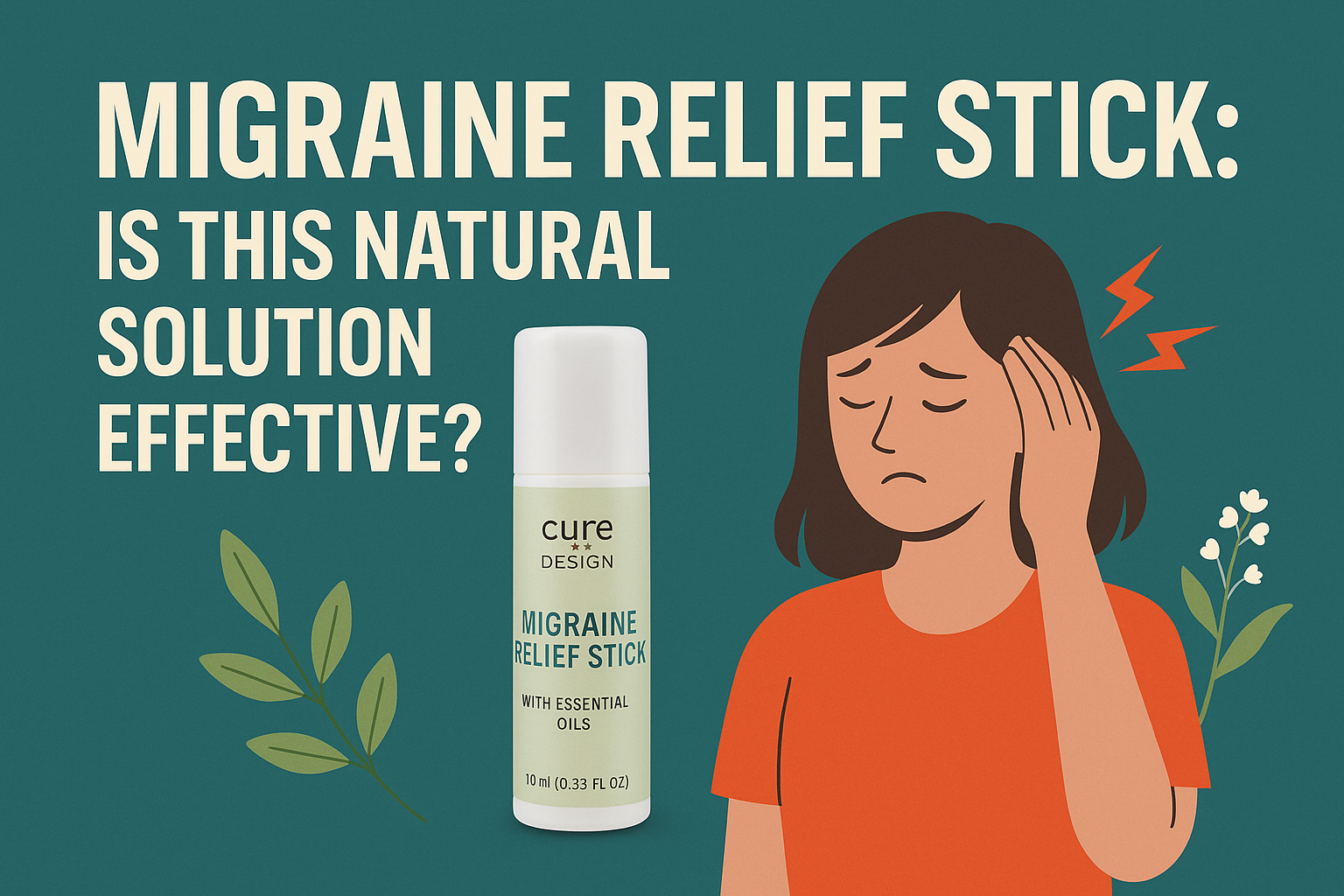
A migraine relief stick is a topical roll-on that uses essential oils like peppermint, lavender, and eucalyptus to help ease migraine symptoms. When applied to the temples or neck, it provides a cooling effect from menthol and aromatherapy benefits that may soothe headache pain and promote relaxation. Although there isn’t much direct research on these sticks as a whole, studies show some promise for their individual ingredients in reducing migraine frequency and intensity. Many users find them convenient with minimal side effects compared to medications. Still, they shouldn’t replace prescribed treatments but might work well as a natural complement for fast symptom relief.
Table of Contents
- What Is a Migraine Relief Stick and How Does It Work
- Natural Ingredients Found in Migraine Relief Sticks
- How Peppermint Oil Helps Ease Migraine Pain
- The Role of Lavender Oil in Migraine Management
- Eucalyptus Oil’s Calming Effects on Migraines
- Cooling Sensation and Aromatherapy Effects Explained
- Scientific Studies on Essential Oils and Migraine Relief
- Benefits of Using Migraine Relief Sticks for Symptom Control
- Step-by-Step Guide to Using a Migraine Relief Stick Safely
- Potential Risks and Safety Tips for Migraine Relief Sticks
- What Experts and Users Say About Migraine Relief Sticks
- Can Migraine Relief Sticks Replace Medical Treatments?
- Combining Migraine Relief Sticks with Other Therapies
- Frequently Asked Questions
What Is a Migraine Relief Stick and How Does It Work

A migraine relief stick is a small, portable roll-on applicator that contains a blend of essential oils designed to reduce migraine symptoms through topical use. Typically applied to areas like the temples, forehead, or neck, it offers quick and convenient relief by combining the benefits of aromatherapy with a cooling sensation. The sticks usually include natural oils such as peppermint, lavender, and eucalyptus, each contributing to the overall effect. Peppermint oil provides menthol, which creates a soothing cooling feeling that can help ease the throbbing pain often associated with migraines. Meanwhile, the inhaled aromas from the essential oils may promote relaxation and reduce stress, both of which can play a role in lessening migraine intensity. Although the exact biological mechanisms behind their effectiveness are not fully understood, migraine relief sticks are thought to work by modulating sensory input and offering psychological comfort during episodes. They are generally sold over the counter as complementary remedies and serve as a natural, drug-free option for those looking to manage migraines without oral medications. Their compact size makes them easy to carry and apply anywhere, making them a practical choice for sudden migraine attacks.
Natural Ingredients Found in Migraine Relief Sticks

Migraine relief sticks usually contain natural essential oils like peppermint, lavender, and eucalyptus, each offering unique benefits. Peppermint oil is rich in menthol, which creates a cooling sensation that can help ease headache pain and relax tight muscles. Lavender oil is well-known for its calming properties, helping to reduce stress and anxiety, both common migraine triggers. Eucalyptus oil adds anti-inflammatory and soothing effects, complementing the others by promoting relaxation. These oils work together to address various migraine symptoms such as pain, muscle tension, and mood disturbances. To ensure safe and smooth application on the skin, these sticks often include carrier oils like coconut or jojoba, which dilute the essential oils and prevent irritation. Because essential oils are concentrated plant extracts, they deliver therapeutic effects when used properly. The natural combination in these sticks offers a multi-faceted approach to migraine relief with fewer risks of systemic side effects compared to oral medications. Many formulations avoid synthetic chemicals, appealing to those who prefer natural remedies for managing their migraines.
| Ingredient | Primary Component | Key Benefits | Typical Use in Relief Sticks | Safety Notes |
|---|---|---|---|---|
| Peppermint Oil | Menthol | Cooling effect, mild analgesic, muscle relaxant | Provides quick soothing sensation; applied to temples, forehead | Generally safe when diluted; can cause irritation if overused |
| Lavender Oil | Linalool, Linalyl acetate | Promotes relaxation, reduces stress and migraine frequency | Used for aromatherapy and calming muscle tension | Safe in recommended doses; patch test advised |
| Eucalyptus Oil | 1,8-Cineole | Anti-inflammatory, calming aroma, eases nasal congestion | Enhances blend for relaxation and muscle tension relief | Use cautiously in sensitive individuals; avoid near eyes |
| Carrier Oils (Hemp Seed oil) | N/A | Skin safety, smooth application | Dilutes essential oils, prevents skin irritation | Generally safe; chosen for hypoallergenic properties |
How Peppermint Oil Helps Ease Migraine Pain

Peppermint oil is a key ingredient in many migraine relief sticks because of its active component, menthol. Menthol triggers cold-sensitive receptors on the skin, producing a cooling sensation that can help distract the brain from migraine pain. This cooling effect is not only soothing but also fast-acting when applied to areas like the temples or forehead during the early stages of a migraine. Beyond the sensory relief, menthol also works to relax tense muscles and improve blood circulation, which can reduce the muscle tightness and vascular constriction often linked to migraines. Clinical studies support peppermint oil’s ability to decrease headache intensity and duration, acting as a mild analgesic with fewer side effects compared to conventional medications. Additionally, the aroma of peppermint oil may have mood-lifting properties, helping to lower stress levels that can trigger or worsen migraines. When properly diluted and used topically, peppermint oil is generally safe and well-tolerated. Many users describe a refreshing, soothing feeling that helps manage migraine discomfort effectively, especially when peppermint is combined with other essential oils to balance its effects.
The Role of Lavender Oil in Migraine Management
Lavender oil is a popular natural remedy known for its relaxing and stress-relieving properties, which makes it a common ingredient in migraine relief sticks. Clinical trials have shown that lavender oil can help reduce both the frequency and severity of migraine attacks. Its calming aroma works through aromatherapy to soothe the nervous system and ease muscle tension, factors often linked to headache pain. Users can apply lavender oil topically or inhale it to promote emotional balance and reduce migraine symptoms. Additionally, lavender’s mild sedative effects support better sleep, an important factor in preventing some migraines. Because it is generally safe when used as directed, lavender oil can be a helpful complement to other migraine treatments, particularly in addressing anxiety and physical tension that trigger headaches. The pleasant scent also enhances the overall aromatherapy experience, contributing to the feeling of relief. Some studies suggest that inhaling lavender oil early during a migraine attack may shorten its duration, which helps explain its frequent inclusion in migraine relief sticks for a multi-faceted approach to managing migraine triggers.
Eucalyptus Oil’s Calming Effects on Migraines

Eucalyptus oil is a common ingredient in migraine relief sticks because of its natural anti-inflammatory and analgesic properties. The compounds in eucalyptus oil can help ease migraine-related pain by reducing inflammation and soothing muscle tension around the head and neck. Its distinctive aroma also plays a role: inhaling eucalyptus oil may open nasal passages and improve breathing, which can relieve sinus pressure, a factor that often worsens migraines for some people. When applied topically, eucalyptus oil provides a mild cooling sensation similar to peppermint oil, adding to the calming effect during a migraine episode. This oil works well alongside other essential oils like lavender and peppermint, enhancing the overall relaxation and tension relief users experience. Traditionally, eucalyptus has been used to treat headaches and respiratory issues connected to migraines, and many users report feeling less tense and more relaxed after applying blends that include it. While generally safe when diluted, it’s important to use eucalyptus oil cautiously in sensitive individuals to avoid irritation. Overall, its combination of calming aroma, anti-inflammatory action, and mild cooling makes eucalyptus oil a valuable component in natural migraine relief strategies.
Cooling Sensation and Aromatherapy Effects Explained
The cooling sensation from menthol in peppermint oil plays a key role in easing migraine discomfort. When applied to the skin, menthol activates cold receptors, creating a cooling effect that helps distract the brain from migraine pain. This sensation can also reduce muscle tension and soothe nerve endings, which often become aggravated during a migraine. At the same time, aromatherapy adds another layer of relief by stimulating the olfactory system. Inhaling essential oils like peppermint, lavender, or eucalyptus triggers brain areas involved in mood regulation and pain perception, promoting relaxation and lowering stress levels. This combined sensory input, the cooling touch on the skin and the calming scent, can interrupt pain signals and reduce anxiety, offering temporary comfort during an episode. While these effects do not address the root cause of migraines, they provide a soothing experience that may improve a user’s sense of control and wellbeing. Together, the cooling sensation and aromatherapy create a multi-sensory approach that helps manage migraine discomfort in a natural, low-risk way.
Scientific Studies on Essential Oils and Migraine Relief
Research specifically on migraine relief sticks is quite limited, making it difficult to draw firm conclusions about their overall effectiveness. However, clinical trials on essential oils commonly found in these sticks, such as peppermint and lavender, provide some insight. Studies on peppermint oil show that when applied topically, it can reduce headache severity thanks to its cooling menthol content, which acts as a mild pain reliever and muscle relaxant. Lavender oil has also been studied extensively and appears to lower the frequency of migraine attacks and help manage acute episodes when used in aromatherapy. While some trials report improvements in migraine symptoms with essential oil use, results are inconsistent and vary from person to person. Systematic reviews suggest essential oils hold promise as complementary therapies, but the evidence is not strong enough to make definitive claims. Placebo-controlled studies sometimes show little or no difference between essential oils and placebo, highlighting the challenge of separating true effects from psychological ones. Variations in dosage, application methods, and individual responses further complicate research findings. Despite this, essential oils are generally considered safe, though users should be mindful of potential allergies. Scientific interest continues in this area, with calls for more rigorous, large-scale studies to better understand the effectiveness and safety of essential oils as part of migraine treatment.
Benefits of Using Migraine Relief Sticks for Symptom Control

Migraine relief sticks offer a natural, drug-free way to manage symptoms, making them appealing for those wanting alternatives to traditional medications. Because they are applied topically, they avoid the systemic side effects often linked to oral migraine drugs, such as nausea or drowsiness. These sticks are small and portable, so users can easily carry them and apply relief whenever a migraine strikes, whether at work, home, or on the go. The cooling sensation from ingredients like peppermint oil can help soothe headache pain quickly, providing a refreshing, calming effect. Aromatherapy plays a key role by promoting relaxation and reducing stress, which are important factors in preventing and controlling migraines. Unlike some medications that may cause rebound headaches when overused, migraine relief sticks carry minimal risk of this issue, making them a safer option for frequent use. They also complement prescribed treatments well, allowing users to enhance overall symptom control without interfering with their medical regimen. Generally safe and noninvasive, these sticks require only simple precautions like patch testing to avoid skin irritation. Many users appreciate the sense of empowerment that comes from being able to self-manage migraine symptoms early on. Finally, migraine relief sticks are especially suitable for those who prefer alternative or complementary therapies, offering a gentle, multi-sensory approach to easing migraine discomfort.
Step-by-Step Guide to Using a Migraine Relief Stick Safely

To get the most from a migraine relief stick while avoiding any unwanted effects, start by applying it to clean, dry skin. This helps the essential oils absorb better and reduces the chance of irritation. Gently roll the stick onto your temples, forehead, or the back of your neck, wherever you feel pain or tension. Using light circular motions to massage the area can boost the cooling effect and improve absorption. While applying, take deep breaths to inhale the aroma, which enhances the aromatherapy benefits and promotes relaxation. Always follow the product’s recommended usage frequency and resist the urge to overapply, as excess use can lead to skin sensitivity or irritation. Be careful not to apply the stick near your eyes, mouth, or on broken skin to avoid discomfort or reactions. Before using a new migraine relief stick, perform a patch test on a small area of skin to check for allergic responses. After application, wash your hands well to prevent accidentally transferring oils to sensitive areas. If you know you have allergies to any of the ingredients, it’s best to avoid using the stick altogether. Lastly, if your migraine symptoms persist or worsen despite using the relief stick, consult a healthcare professional to explore other treatment options.
- Start with clean, dry skin to ensure better absorption and avoid irritation.
- Apply the stick gently to temples, forehead, or back of the neck where pain or tension is felt.
- Use light circular motions to massage the area and enhance the cooling effect.
- Inhale the scent deeply to maximize aromatherapy benefits during and after application.
- Follow the product’s recommended frequency and do not overapply.
- Avoid applying near eyes, mouth, or broken skin to prevent irritation or eye discomfort.
- Perform a patch test on a small skin area before first use to check for allergic reactions.
- Wash hands after application to avoid accidental contact with sensitive areas.
- Do not use if you have known allergies to any ingredients in the stick.
- Consult a healthcare professional if symptoms persist or worsen despite use.
Potential Risks and Safety Tips for Migraine Relief Sticks
While migraine relief sticks offer a natural option for some, it’s important to be aware of potential risks. Skin irritation or allergic reactions can happen, so performing a patch test on a small skin area before regular use is recommended. Avoid applying the stick near your eyes or mucous membranes to prevent irritation or injury. If you are pregnant or breastfeeding, consult your healthcare provider before using these products, as some essential oils may not be safe during these times. Essential oils can also interact with certain medications or medical conditions, so checking with a doctor is a good precaution if you’re unsure. Overusing the stick might cause skin sensitivity or discomfort, so always follow the product’s instructions carefully. Remember, migraine sticks are meant to complement, not replace, prescribed migraine treatments. Keep them out of reach of children to avoid accidental ingestion or misuse, and store the sticks in a cool, dry place to keep the oils stable and effective. If you notice any adverse reactions like rash, burning, or worsening symptoms, stop using the product immediately. Finally, always read ingredient labels closely to avoid allergens or contaminants that could trigger unwanted effects.
What Experts and Users Say About Migraine Relief Sticks
Many users of migraine relief sticks report a noticeable cooling sensation that temporarily eases migraine pain. This cooling effect, mainly from peppermint oil, is often described as soothing during intense headaches. Some also find the aromatherapy aspect calming, helping reduce stress and tension that can worsen migraine episodes. Users appreciate the portability and ease of use, which allows them to apply relief quickly even when on the go. From an expert viewpoint, migraine relief sticks are seen as a way to provide symptomatic relief but not as standalone treatments. Healthcare professionals often recommend them as part of a broader migraine management plan rather than a replacement for prescribed medications. Clinical experts note that while peppermint and lavender oils have some clinical support for easing migraine symptoms, there is a lack of large-scale studies focused specifically on these sticks. Responses vary among individuals, with some users experiencing placebo effects or minimal benefits, while others report meaningful symptom relief with few side effects compared to oral migraine drugs. Both experts and users agree that these sticks are best used as complementary tools that can offer quick, low-risk relief alongside other therapies.
Can Migraine Relief Sticks Replace Medical Treatments?
Migraine relief sticks are not a substitute for prescribed medical treatments. While they offer a natural, topical option that may help ease symptoms, current medical guidelines do not support them as primary therapy for migraine management. These sticks can be useful as an adjunctive approach, providing quick, localized relief and potentially reducing the need for oral painkillers. However, there is limited scientific evidence proving their effectiveness as a sole treatment. Experts caution against abandoning conventional medications without consulting healthcare providers, as relying solely on migraine sticks might lead to inadequate control of migraine attacks. The minimal systemic side effects of these sticks make them appealing, especially for those seeking natural alternatives, but it’s important to remain cautious about their efficacy claims. When integrated thoughtfully with prescribed treatments, migraine relief sticks may enhance overall comfort and symptom management without replacing the essential role of medical therapies.
Combining Migraine Relief Sticks with Other Therapies
Using migraine relief sticks alongside prescription medications can offer complementary symptom relief, especially during acute migraine phases while waiting for oral drugs to take effect. The aromatherapy from essential oils like lavender and peppermint may help reduce stress-related triggers by promoting relaxation. When combined with healthy lifestyle habits such as staying hydrated and maintaining good sleep hygiene, these sticks can contribute to better overall migraine management. Physical therapies like massage can amplify the soothing cooling effect of the sticks, providing a more calming experience during migraine episodes. Many individuals find that including migraine sticks as part of a multimodal approach, incorporating diet changes, regular exercise, and trigger avoidance, results in improved control over their migraines. Some users also pair the sticks with biofeedback or mindfulness techniques to enhance symptom control further. It’s important to consult healthcare providers before mixing these approaches to ensure safety and avoid any possible interactions. Monitoring how symptoms respond to different combinations can help identify the most effective personalized treatment strategy. When used thoughtfully alongside prescribed regimens, migraine relief sticks may help reduce the frequency or severity of attacks, serving as a useful tool within a broader migraine management plan.
Frequently Asked Questions
1. How does a migraine relief stick work to ease headache pain naturally?
A migraine relief stick typically uses essential oils or herbal ingredients that you apply to pressure points, like your temples or wrists. These natural compounds can help relax muscles, reduce stress, and improve blood flow, which may ease migraine symptoms without the need for medication.
2. Are there any scientific studies supporting the use of migraine relief sticks?
While some studies suggest that aromatherapy and acupressure, which many migraine sticks rely on, can help reduce headache severity, more rigorous research is needed specifically on migraine relief sticks. Most evidence is based on small trials or user experiences rather than large clinical studies.
3. Can using a migraine relief stick replace traditional migraine medication?
Migraine relief sticks are generally considered complementary rather than a full replacement for medications. They might help reduce symptoms for some people, but if migraines are severe or frequent, it’s important to follow your healthcare provider’s advice and treatment plan.
4. Are there any risks or side effects associated with using a natural migraine relief stick?
Most natural migraine sticks are safe when used as directed, but some people may experience skin irritation or allergic reactions to certain essential oils. It’s a good idea to test the product on a small skin area first, especially if you have sensitive skin or allergies.
5. How often should I use a migraine relief stick to get the best results?
Usage instructions can vary depending on the product, but often applying the stick at the first sign of a migraine or during an attack is recommended. Some users apply it multiple times a day as needed, but it’s best to follow the specific guidelines provided to avoid overuse or irritation.

